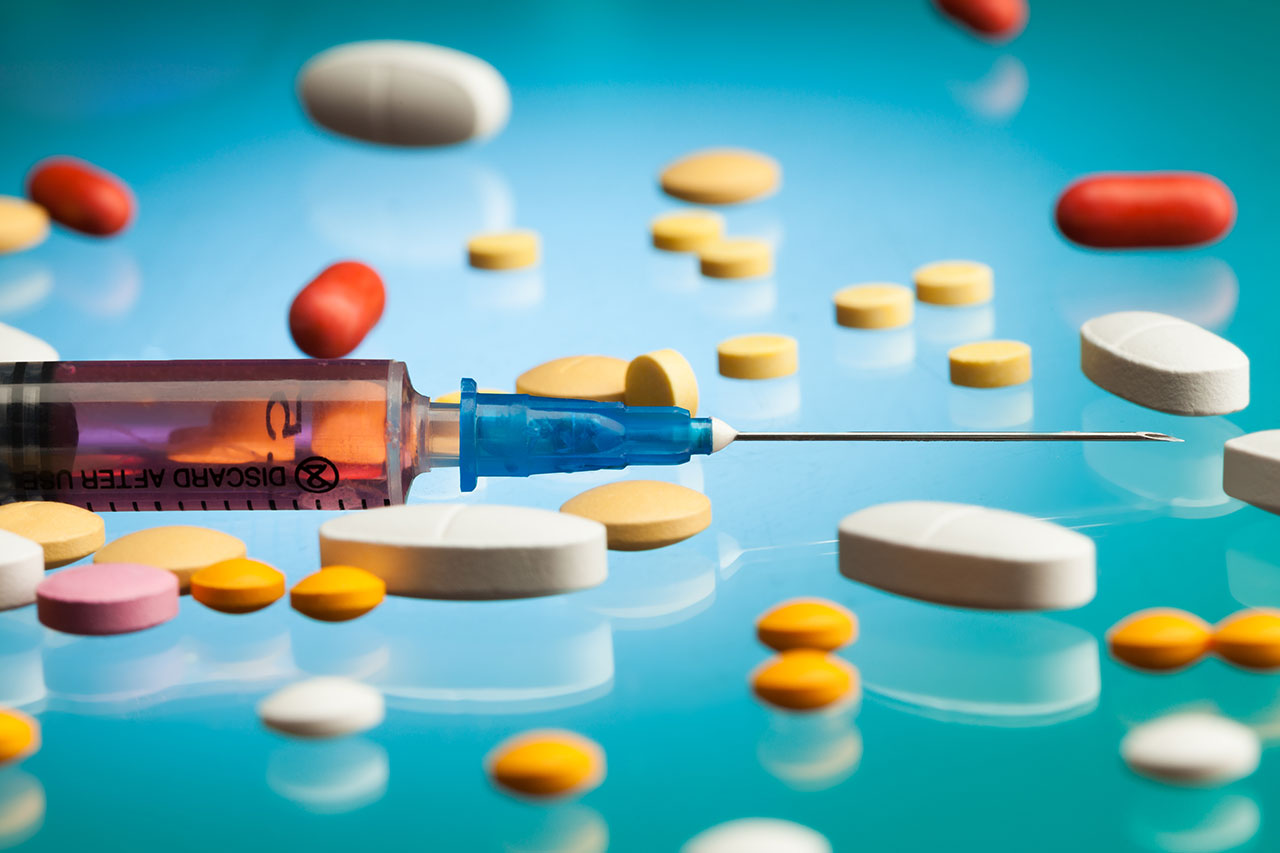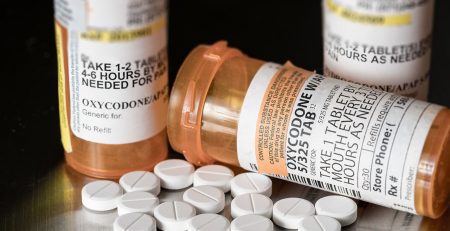How Long Does Dilaudid Stay In Your System?
Dilaudid is the brand name for hydromorphone, a narcotic that belongs to the opioid analgesics drug class. Hydromorphone is used to treat moderate to severe pain and is prescribed to patients in either the form of a tablet or an oral solution. It’s a highly controlled substance due to its high potential for abuse and addiction. So if you’ve been prescribed this medication or know someone who takes it, understanding how it affects the body is important for preventing dependence and abuse. Today, our Palm Beach luxury rehab is going to be looking into the common question: “How long does Dilaudid stay in your system?” to better understand its strength and effects.
How Does Dilaudid Work in the Body?
Dilaudid or hydromorphone is an opioid, which is a type of drug that’s prescribed, usually short-term, to alleviate severe or chronic pain. As an opioid, Dilaudid works by altering chemicals such as dopamine and serotonin in the brain to not only block pain signaling, but also to produce a sense of well-being.
Specifically, opioids activate opioid receptors on nerve cells in the brain, spinal cord, gut, and other parts of the body. When this happens, pain signaling from the body to the brain is blocked, alleviating patients’ symptoms.
At the same time, when opioids bind to receptors, they’re also regulating the reward system of the brain, encouraging the brain to produce an excessive amount of dopamine. Dopamine is a chemical messenger that plays a role in mood and feelings of well-being.
We may experience elevated dopamine levels whenever we do something pleasurable, such as eating or having sex. The same sensation is also produced when we take high doses of Dilaudid and other opioids.
When dopamine is released, the brain naturally wants the process to be repeated, which is why hydromorphone is addictive. This sensation of pleasure experienced when someone abuses hydromorphone encourages further drug-taking behavior, which eventually gives way to physical dependence.
How Long Does It Take for Dilaudid to Kick in?
All opioids usually affect the body in the same way. When abused, Dilaudid’s effects on the body include:
- Euphoria
- Pinpoint pupils
- Reduced alertness and energy
- Sedation
- Slowed breathing
- Mood swings
- Nausea and/or vomiting
- Constipation
- Lightheadedness
- Dizziness
- Drowsiness
- Sweating
- Flushing
- Dry mouth
How quickly the effects of hydromorphone kick in depends on the form of administration. Dilaudid can be used as a pill, liquid, injected intravenously (IV), injected intramuscularly (IM), or inserted rectally.
- Orally: When hydromorphone is taken as a pill or liquid, side effects may kick in within about 15 minutes and usually peak after about 30 minutes to an hour.
- Intravenous injection: When injected into the vein, hydromorphone effects may kick in within about 5 minutes.
- Intramuscular injection: When injected into the muscle, hydromorphone can begin to work within 15 minutes.
- Rectal administration: When administered into the rectum, hydromorphone’s side effects may take about 30 minutes to kick in.
How Long Do the Effects of Dilaudid Last?
How long hydromorphone effects last depends on the form of administration as well as the type of formulation taken. Immediate-release formulations of Dilaudid may produce side effects that begin within 15 to 30 minutes and last for 3 to 4 hours.
Extended-release formulations of Dilaudid last longer, peaking at about 6 hours and lasting for 13 hours. The type of formula taken also plays a big role in the development of physical dependence.
Extended-release formulas of hydromorphone are usually meant to be taken once daily, while immediate-release formulas may be taken several times a day. Those who take more long-lasting pills than prescribed or drink alcohol with the drug in their system increase the effects of the drug.
Additionally, while this may increase the sense of euphoria the person may feel, Dilaudid abuse may also produce extreme sedation and slow functions like breathing and heart rate to the point where the situation becomes life-threatening.
With that said, never take higher doses than prescribed, and be careful to never mix your medications with other drugs or alcohol.
How Long Does Hydromorphone Stay In Your System?
How long Dilaudid stays in your system depends on the dose taken, how long the person has been taking it, and its half-life. A drug’s half-life is the amount of time it takes for half of it to leave your body.
Dilaudid’s half-life is roughly around 2 to 3 hours for immediate-release formulations and 8 to 15 hours for extended-release formulations. It usually takes four to five half-lives for a drug to be eliminated from the body, but again, this depends on the dose taken, the formulation that is taken, and the person’s tolerance to the drug.
Depending on the formulation taken, Dilaudid can stay in your system anywhere from 15 hours to three days. Fifteen hours is most common in people who take short-acting formulas, while those who take extended-release formulas may have hydromorphone in their system for up to three days.
Hydromorphone also shows up on drug tests, so it’s important to let a drug test administrator know that you’re taking this medication if you’re taking a drug test for employment or any other reason.
Dilaudid can be found in the following drug tests:
- Saliva: 1 to 4 days
- Urine: 2 to 4 days
- Blood: 1 to 2 days
- Hair: Up to 90 days
Factors that may determine how long Dilaudid lasts in your system include age, metabolism, liver and kidney function, and dosage. People who are older, have slow metabolisms, or have liver and kidney problems may take longer to eliminate hydromorphone than people who don’t. Taking higher doses of or taking extended-release formulations of hydromorphone may also take longer to metabolize.
Risks of Dilaudid Abuse
Long-term hydromorphone abuse increases the individual’s risk of addiction as well as overdose. Addiction is a chronic disease characterized by the uncontrollable use of drugs and alcohol despite the consequences.
Hydromorphone addiction can occur if you abuse this medication for long periods, and physical dependence can develop within as little as a few weeks. Additionally, certain behaviors of abuse also increase the risk of overdose.
For instance, a Dilaudid overdose can occur if someone takes higher doses than directed or if they mix it with other medications or alcohol. Opioid overdose can also accidentally occur if you take an extended-release formula more times per day than prescribed, so always make sure that you’re taking your doses at the same time every day.
Too much hydromorphone can cause deep sedation and slow your breathing drastically. If more of the drug is taken faster than the body can metabolize it, an overdose may occur.
Hydromorphone overdose symptoms include:
- Slowed, stopped, or difficulty breathing
- Extreme sedation
- Sleepiness
- Difficulty concentrating
- Dizziness
- Fainting
- Limp or weak muscles
- Dilated pupils
- Cold, clammy skin
- Slow or stopped heartbeat
- Blue skin, fingernails, or lips
- Loss of consciousness or coma
If you notice Dilaudid overdose symptoms in someone, call 9-1-1 immediately. Without treatment, the individual remains at risk of falling into a coma or dying from an inability to breathe. First responders will be able to manage symptoms long enough to get the person to the hospital for treatment.
Get Help Today
If you or someone you care about is showing signs of hydromorphone abuse and addiction, help is available. If you notice that you’re finding it difficult to control your use of Dilaudid, speak to your doctor about adjusting your doses or alternative medication.
For those who have opioid addictions and need help quitting, our South Florida luxury rehab offers medically monitored detox for prescription drugs, as well as illicit substances and alcohol. Medical detox is highly recommended to those with opioid addictions to reduce the risk of complications during withdrawal.
Opioid withdrawal treatment is led by our medical team to provide patients with 24-hour care and medical assistance as needed to alleviate discomfort caused by withdrawals. Once detox is completed, patients then have the option to move onto our luxury residential treatment program, during which they live onsite to receive daily treatment and therapy.
You don’t have to struggle with addiction. Call Seaside Palm Beach today at 561-677-9374 to learn how our addiction treatment in Palm Beach, FL, can help.
Related Reading:













